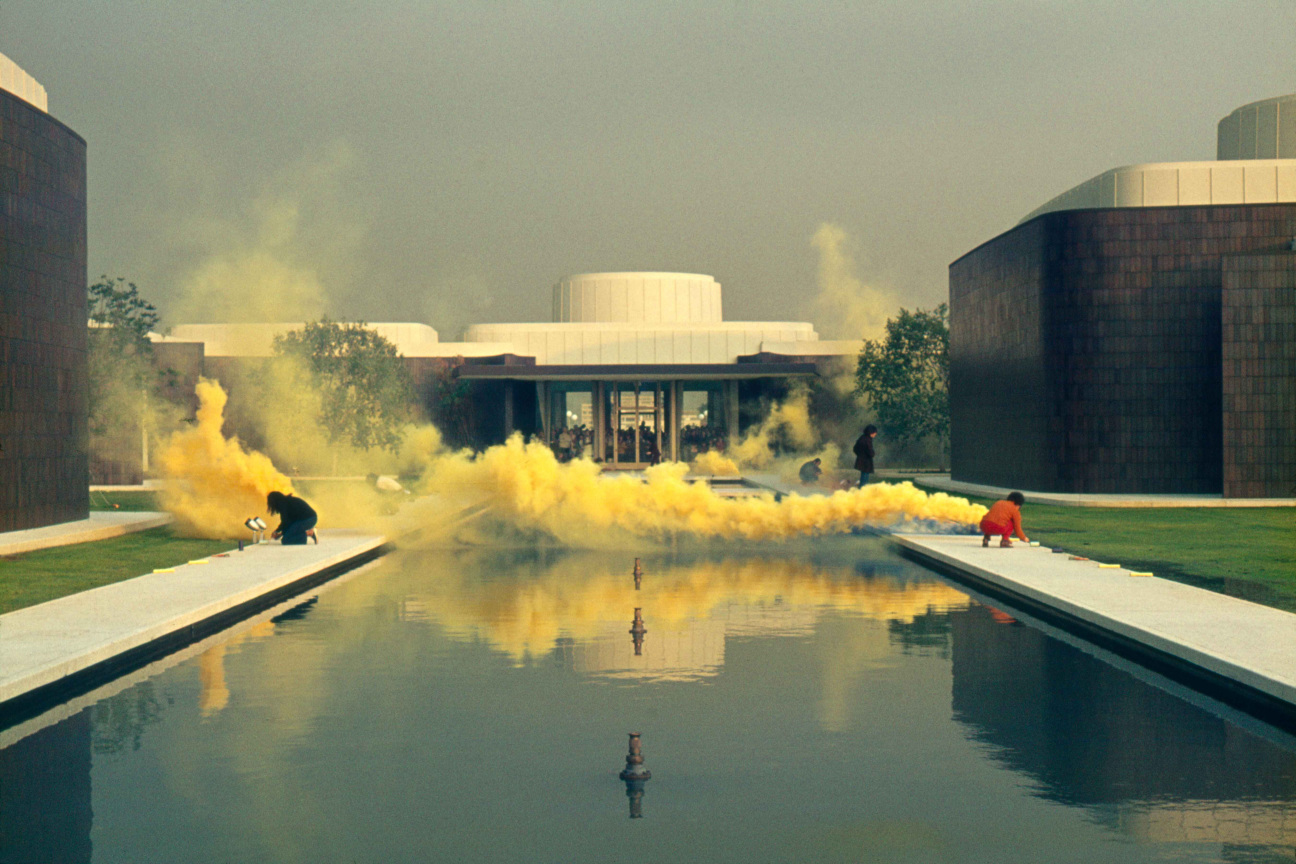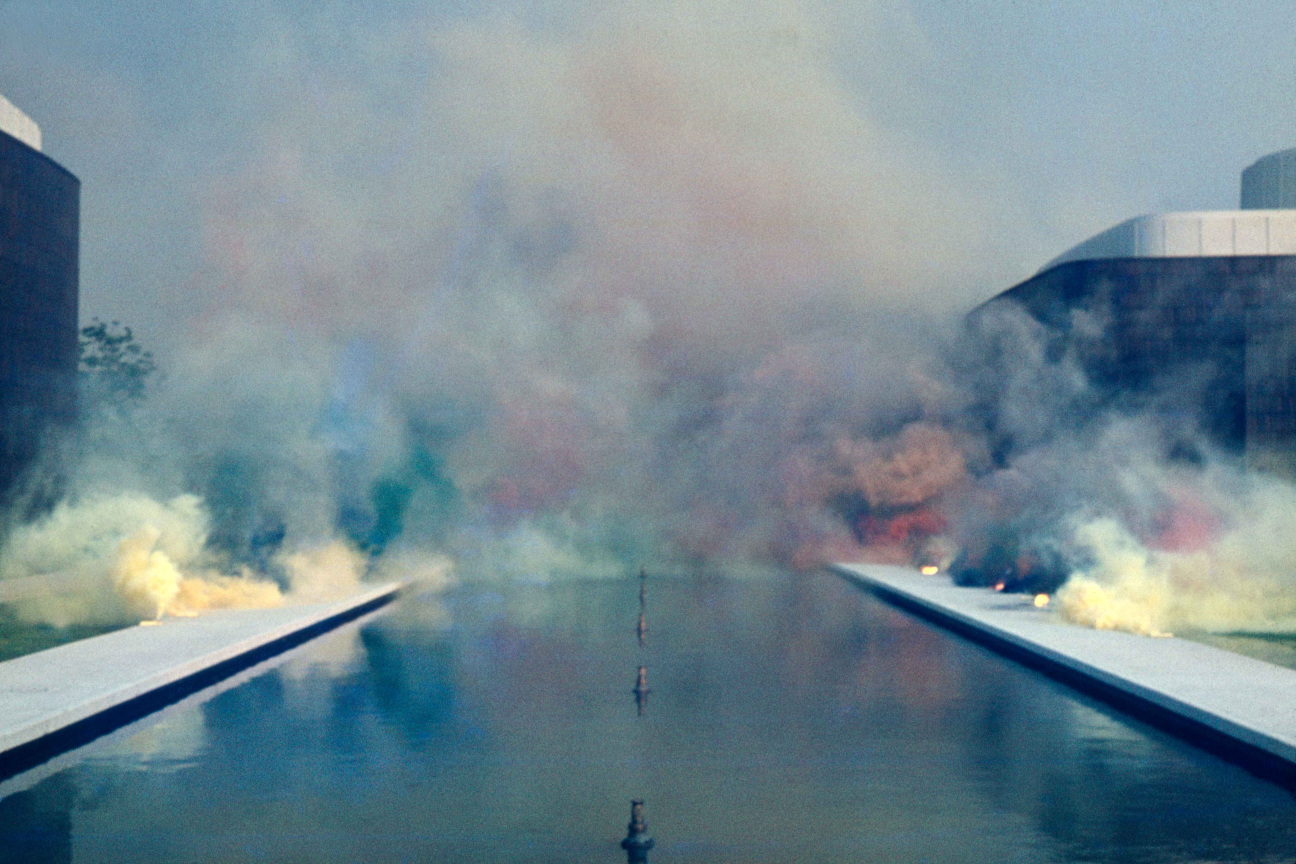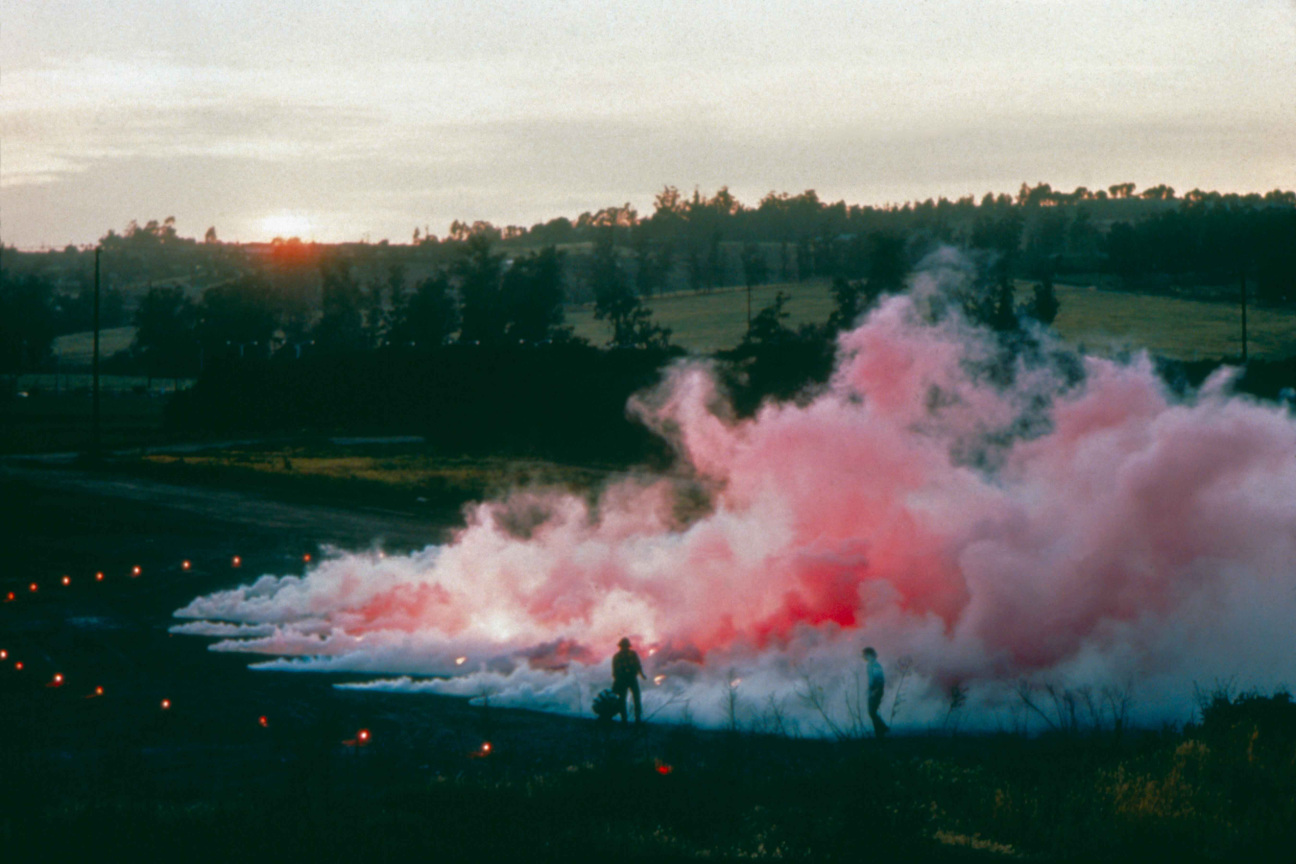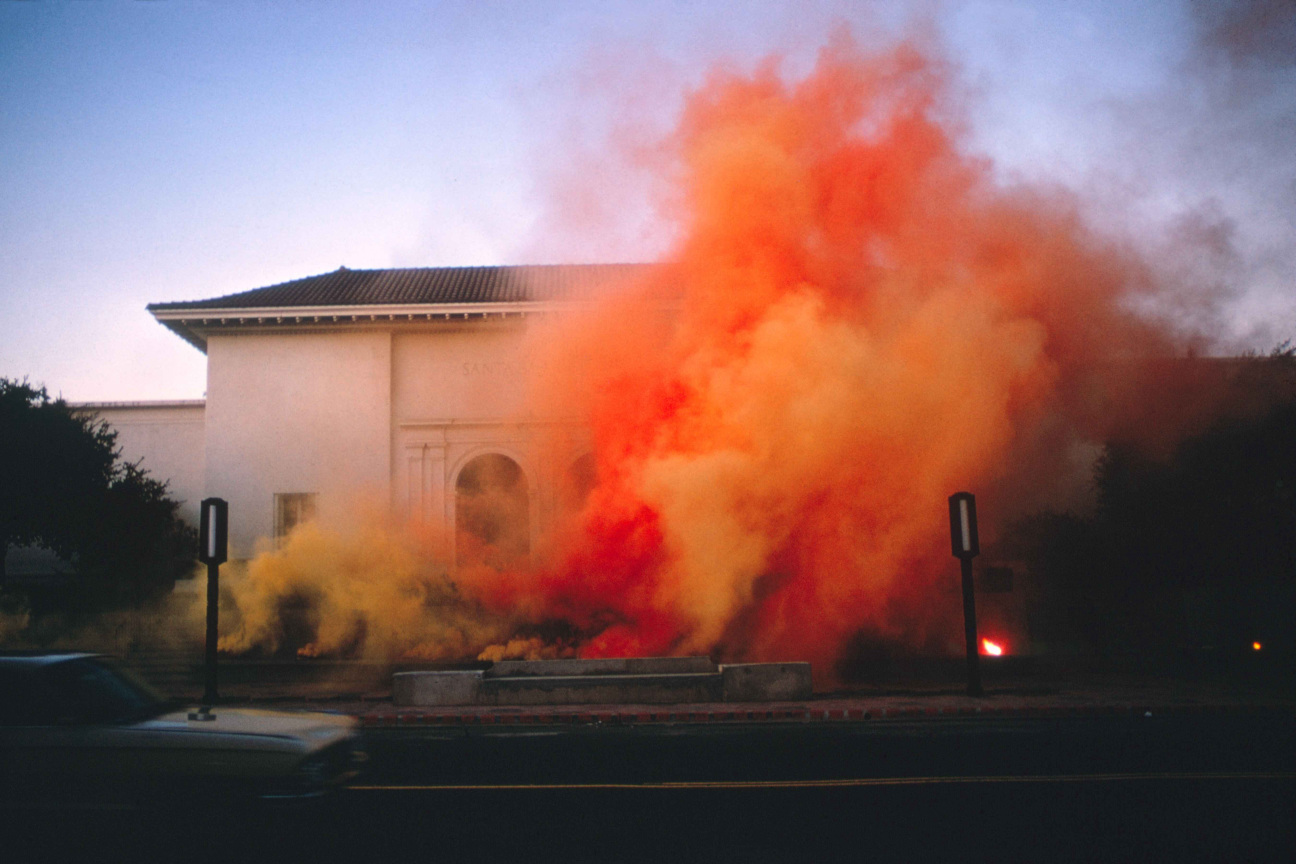
“That was one of the great euphemisms of all time,” says Judy Chicago across the screen, her hand punctuating every word. The 84-year-old artist is recalling a statement made by de Young Museum Director Thomas Campbell on the occasion of her first retrospective in 2021. During “a press conference or something,” he declared that she “had been marginalized for decades.”
This mammoth understatement, as Chicago sees it, resurfaced as the artist began preparations for her largest survey to date, “Herstory,” with the New Museum’s Edlis Neeson Artistic Director Massimiliano Gioni. She had been “marginalized,” she realized, because she was working in an entirely different lane. “Museums have been trying to figure out how to add women and artists of color around the edges,” she tells me. “But there is an unknown alternative paradigm which has to do with women’s history. That’s the paradigm I’ve been working out of.”

When the Illinois-born artist began her career in 1960s Los Angeles, Frida Kahlo was “known as Diego Rivera’s wife who also paints,” and Chicago’s gallery sold a 24-foot cloud painting by Georgia O’Keeffe for a paltry $35,000. Chicago took the social construction and implications of gender as the starting point for a six-decade-long practice that would evolve into a universe of systemic interrogations—from the experience of birth, to the abyss of the Holocaust, to the urgency of environmental collapse.
“Sclerotic” is one word to describe the ways that art world institutions—and their overwhelmingly male representatives—received the artist’s “interventions.” Chicago insists that it wasn’t until the Museum of Contemporary Art’s 2012 “Ends of the Earth” exhibition that her smoke works were included in the land art canon. The images that document the “Atmospheres” series, 1968–74, shared exclusively here with CULTURED, testify to their creator’s unrelenting knack for making a scene.

“As tough as it was, I had 50 years of making art without ever thinking about the market, which is inconceivable now,” says the artist. The 2020s have indeed presented Chicago with a dizzying succession of recognitions: an autobiography, a collaboration with Dior, a partnership with Pussy Riot’s Nadya Tolokonnikova, a book of Judy Chicago-isms out this November, and 10 exhibitions throughout 2023—including “Herstory.”
A nesting doll of a show, it will touch on the artist’s forays into mediums as distinct as stained glass, needlework, and drawing. One of its most enlightening layers is an exhibition within the exhibition—a compendium of works from over 80 artists that, like her canonical 1974–79 work The Dinner Party, puts women in dialogue with each other.

As she prepares to release “Herstory” into the world this fall, Chicago is hard at work on another major exhibition at London’s Serpentine Galleries, opening next summer. When ask how she’s maintained her momentum through periods of erasure and hypervisibility alike, she reasons, “There’s an expression in Jewish culture about choosing life. It’s a decision you make every day. You wake up, and you look at the headlines. You think, Oh my god, I just want to get back in bed and cover my head. But you have to say, No, I choose life in the face of darkness.”
"Judy Chicago: Herstory" will be on view from October 12, 2023 - January 14, 2024 at the New Museum in New York.




